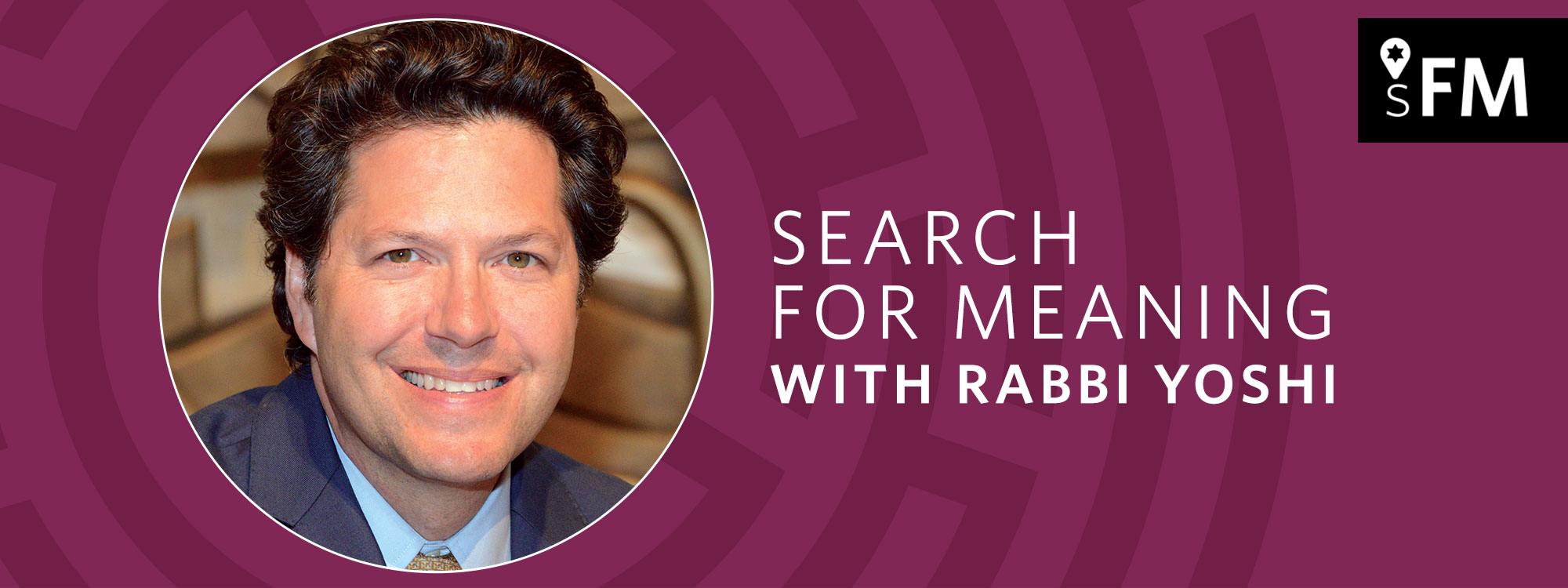Sukkot is known as z’man simchateinu—the season of our joy. We rejoice spiritually and perhaps even existentially because we have made it to the other side of Yom Kippur. We have, it seems, been inscribed for good in the Book of Life. Moreover, we rejoice in the bounty of the fall harvest, olives and grapes especially, symbols of light and gladness.
There is a beautiful teaching from Rabbi Hayyim Vital, a 16th century Jewish mystic who was born in Damascus and then moved to Tzfat in the Galilee and studied with the great Kabbalists Isaac Luria and Moshe Cordovero. Rabbi Vital shares a message about the joy we find at this season in the gifts of friendship and love.
According to Jewish law, a Sukkah must have two complete walls and then at least part of a third wall to be considered “kosher.” Rabbi Vital imagines the walls of the sukkah as an embrace of community, family, and God.
“The essence of a sukkah is comprised of two halachically valid walls, while the third can be as short as a handbreadth in length. This is like a hug. Namely, when we hug our beloved, we stand face to face and we hug the other with our arm. Now the arm has three joints: the first is adjacent to the shoulder (i.e. the upper arm); [the second,] the elbow; [the third,] at the fingers. When we hug [with our right hand], we hug the left side of our beloved with the upper section of the arm. We then bend our arm some more, and hug our beloved’s back with the forearm. These constitute two complete walls. Yet we bend the third wall, which is the hand with the fingers alone, which fold and hug the front side of our beloved. This is the intent of two halachically valid walls and one that is at least a handbreadth.” (P’ri Eitz Chayyim, Sha’ar Chag HaSukkot, Chapter 4)
Here is the lesson: true and lasting joy is found in the blessing of community, family and friends whose embrace brings meaning to our existence.
— Rabbi Yoshi Zweiback

